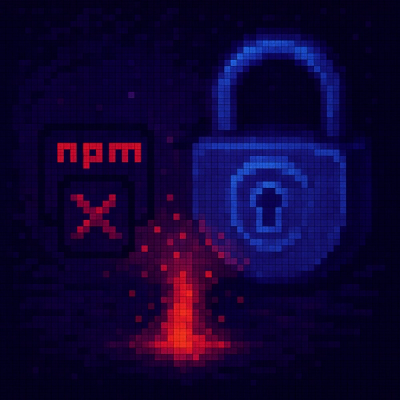

DES (Data Encryption Standard)
A pure Python implementation for the famous DES algorithm, supporting Python 2 and 3.
Installation
Using pip:
$ pip install des
Or manually download the archive and run the command after extracting the stuff inside:
$ python setup.py install
Usage
Firstly, define a DesKey object by passing your encryption / decryption key. The key should be of length 8, 16 or 24. The algorithm will be automatically chosen for you.
Note that the key should be written as bytes in Python 3.
from des import DesKey
key0 = DesKey(b"some key")
key1 = DesKey(b"a key for TRIPLE")
key2 = DesKey(b"a 24-byte key for TRIPLE")
key3 = DesKey(b"1234567812345678REAL_KEY")
You may know whether a key is for DES or 3DES algorithm by calling its method is_single() or is_triple().
key0.is_single()
key1.is_triple()
key2.is_single()
key3.is_triple()
Secondly, encrypt messages by calling the method encrypt() from the DesKey object, or decrypt them by calling decrypt().
Note that the messages should be written as bytes in Python 3.
key0.encrypt(b"any long message")
By default, ECB Mode is used. You may enable CBC Mode by passing the argument initial, as the Initial Value.
The argument may be either a bytes object of length 8 or an integer using big-endian.
key0.encrypt(b"any long message", initial=0)
key0.encrypt(b"any long message", initial=b"\0"*8)
The DES algorithm requires the message to be of any length that is a multiple of 8.
By default, the length of the message to encrypt / decrypt is assured by users.
You may choose to turn on PKCS5 Padding Mode(by passing the argument padding with a TRUTHY value), telling Python to do the padding before encryption for you.
key0.encrypt(b"abc", padding=True)
While in decryption with PKCS5 Padding, the length of the message is still required to be a multiple of 8. But after decryption, Python will throw the padding characters away.
key0.decrypt(b"%\xd1KU\x8b_A\xa6", padding=True)
Note
Because DES keys are 56 bits and the input key to this algorithm is 8, 16 or 24 bytes, this implementation ignores the least significant bit of each key byte.





